
mit Ihren
eigenen Zellen


Volles Haar


Haarlösungen


Zentrum der Welt


mit Ihren
eigenen Zellen


Volles Haar


Haarlösungen


Zentrum der Welt

HARMONIE DER KUNST MIT DEM HAAR
Dr. Terziler
Mit 35 Jahren Erfahrung und Tausenden von erfolgreichen Operationen ist Dr. Servet Terziler weithin als der „Picasso der Haare“ bekannt. Er empfängt Gäste aus allen sieben Kontinenten und bietet ihnen natürliche und dauerhafte ästhetische Lösungen. Neben der Teilnahme an Konferenzen und Seminaren in ganz Europa und den USA führte seine Leidenschaft für Innovationen zur Einführung des ersten Haartransplantationsroboters in der Türkei. Dr. Terziler ist außerdem der einzige Arzt weltweit, der den feinsten Stift mit Saphirspitze verwendet.
Die Dr. Terziler Exclusive Clinic liefert außergewöhnliche Ergebnisse mit modernster Technologie und einem Expertenteam, das durch ein 360-Grad-Serviceprotokoll eine außergewöhnliche Erfahrung bietet. In unserer Klinik, wo die Eleganz der Kunst auf das Prinzip der ganzheitlichen Gesundheit trifft, kann auch für Sie eine außergewöhnliche Geschichte geschrieben werden.

UNSERE DIENSTLEISTUNGEN
Eleganz bei jeder Behandlung

Haartransplantation
Natürliches Haar mit Dr. Terziler

Haarbehandlungen
Gesunde Haarbehandlungen

Stammzellen
Regeneration mit eigener Kraft

Langlebigkeit
Healthy rejuvenation treatments

Zahnbehandlung
Perfektes Lächeln, ein besseres Ich
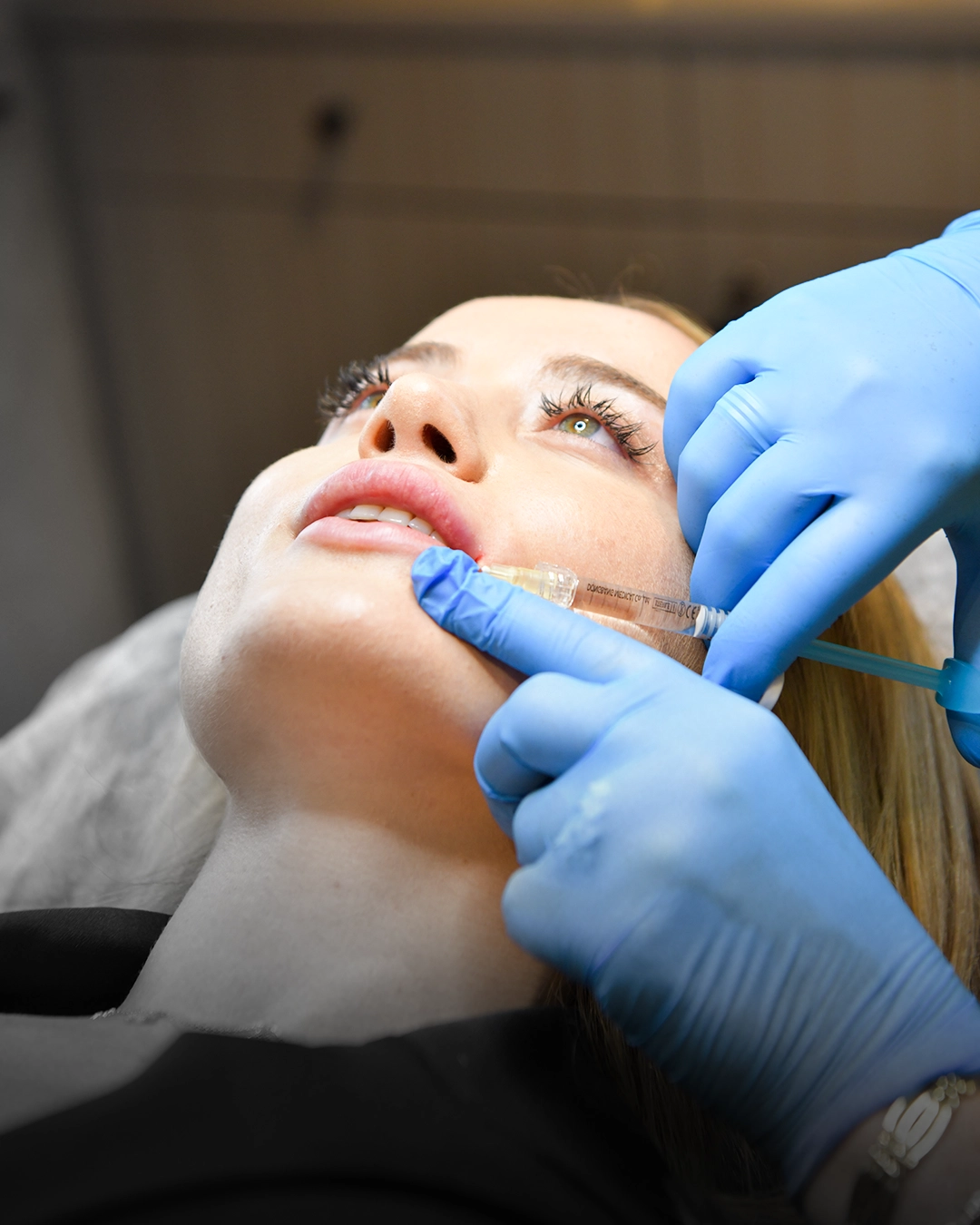
Medizinische Ästhetik
Neue Lösungen für Ihre Schönheit
ERGEBNISSE VORHER UND NACHHER
Bei jedem Graft steht die Zufriedenheit der Gäste an erster Stelle
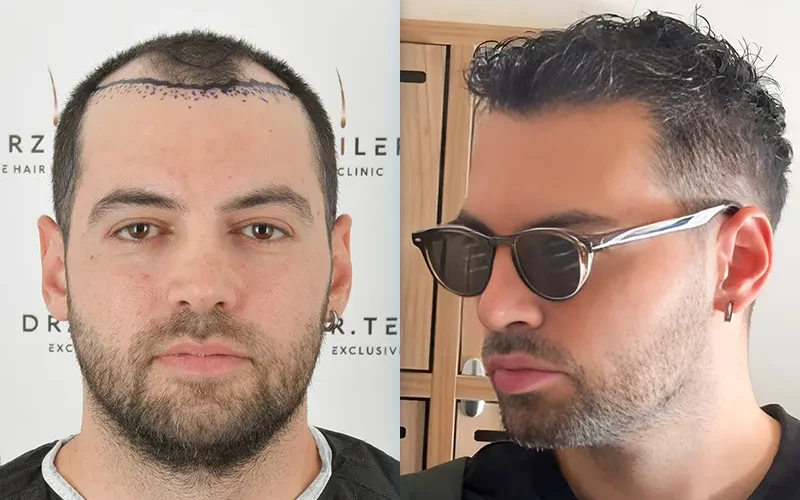 39 y/o Robotic DHI13 MonateSpain4291 Transplantate
39 y/o Robotic DHI13 MonateSpain4291 Transplantate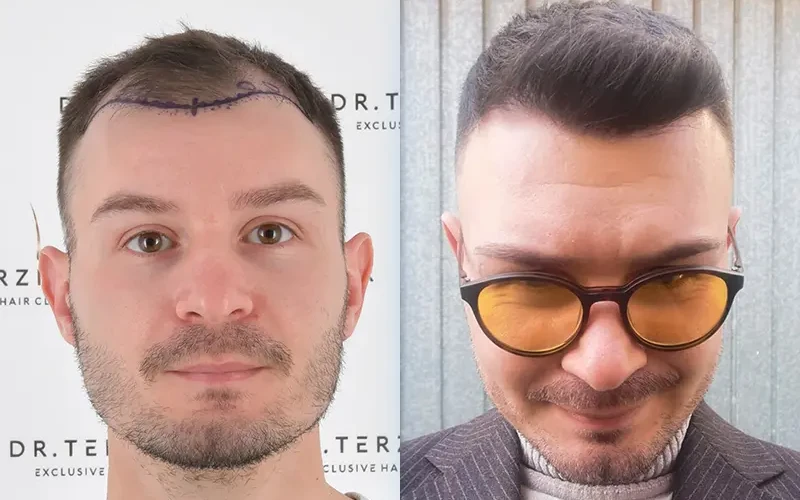 37 y/o Robotic DHI13 MonateTurkey4553 Transplantate
37 y/o Robotic DHI13 MonateTurkey4553 Transplantate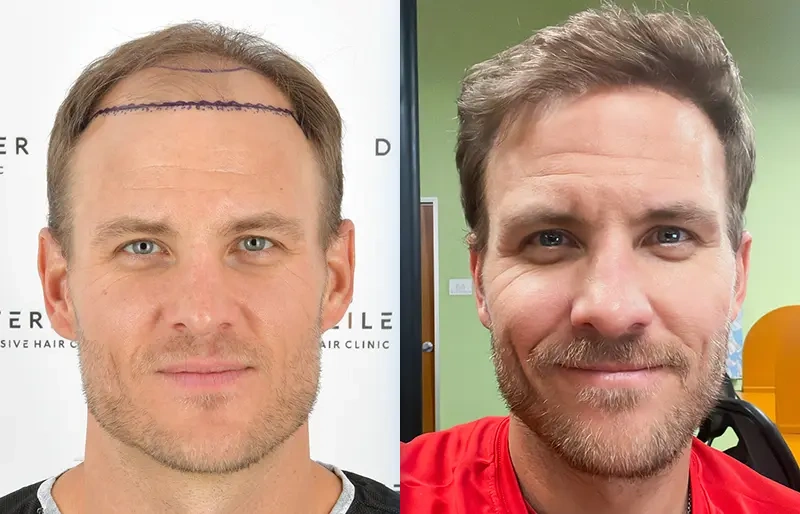 38 y/o Robotic DHI13 MonateItaly4707 Transplantate
38 y/o Robotic DHI13 MonateItaly4707 Transplantate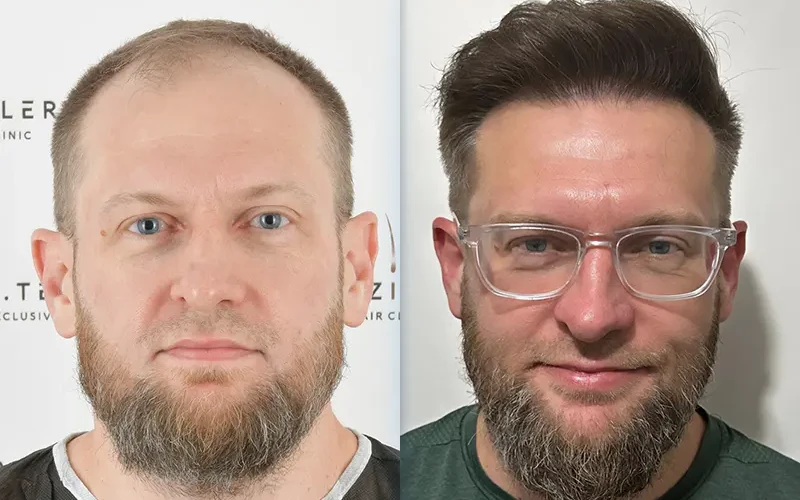 44 y/o Robotic DHI17 MonateSpain4879 Transplantate
44 y/o Robotic DHI17 MonateSpain4879 Transplantate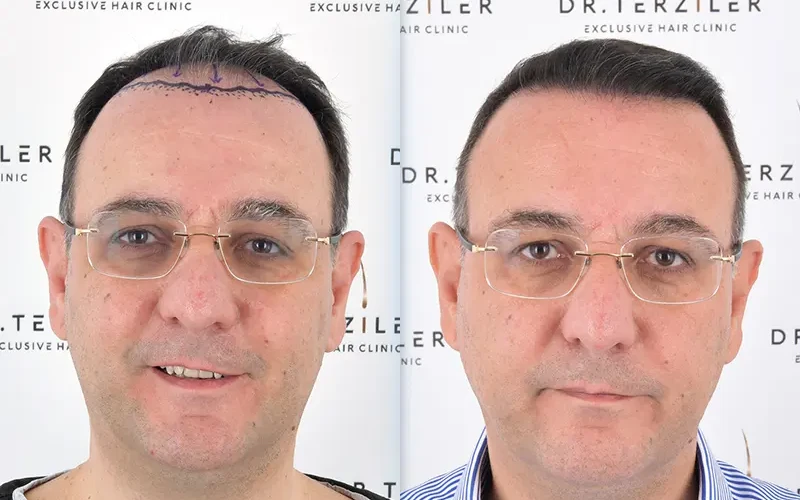 35 y/o Robotic DHI14 MonateSpain4352 Transplantate
35 y/o Robotic DHI14 MonateSpain4352 Transplantate 31 y/o Robotic DHI16 MonateTurkey4664 Transplantate
31 y/o Robotic DHI16 MonateTurkey4664 Transplantate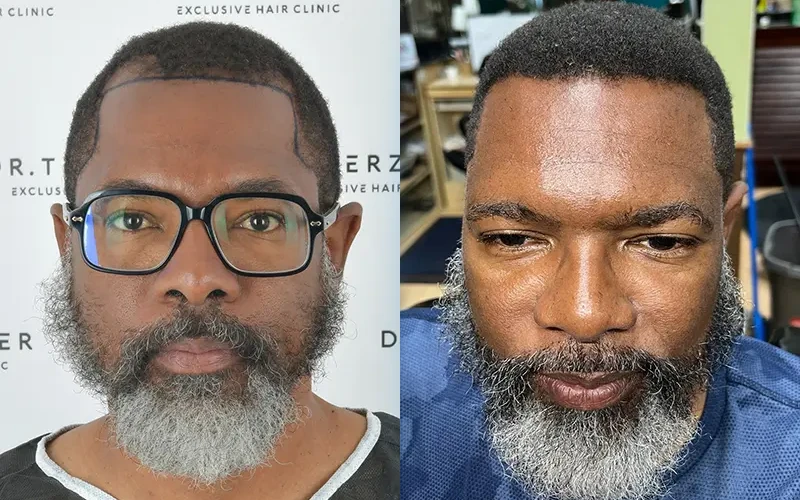 49 y/o Robotic DHI13 MonateFrance3574 Transplantate
49 y/o Robotic DHI13 MonateFrance3574 Transplantate 44 y/o Robotic DHI13 MonateSpain4654 Transplantate
44 y/o Robotic DHI13 MonateSpain4654 Transplantate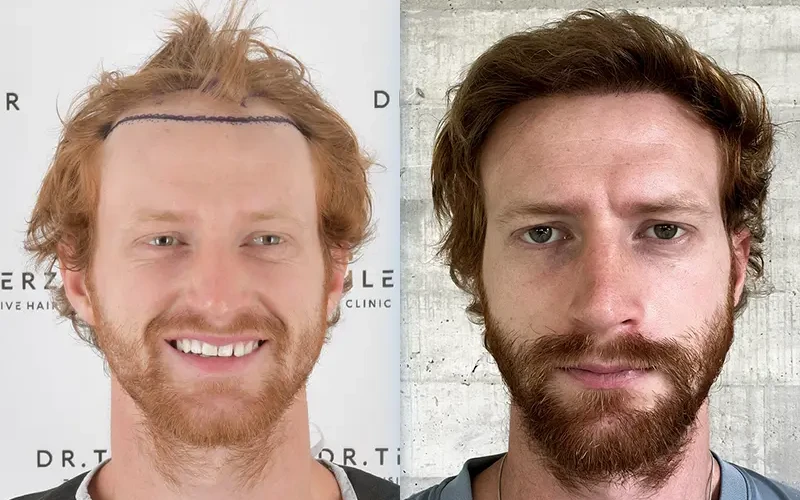 34 y/o Robotic DHI12 MonateEngland4339 Transplantate
34 y/o Robotic DHI12 MonateEngland4339 Transplantate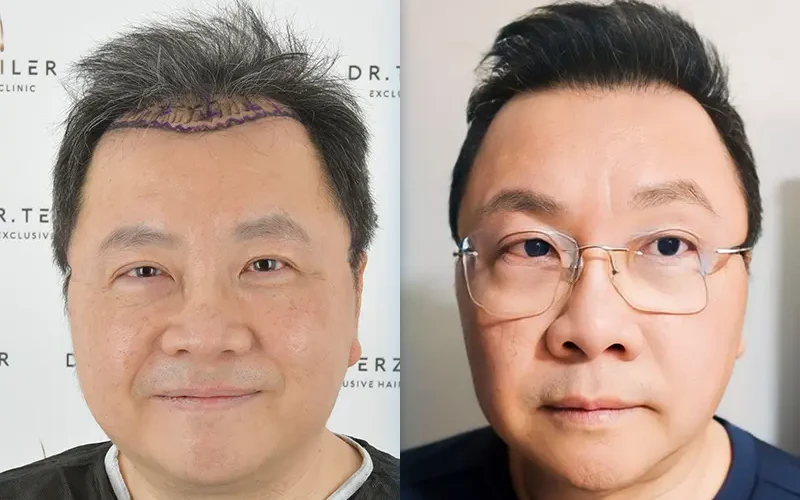 44 y/o Robotic DHI13 MonateJapan4156 Transplantate
44 y/o Robotic DHI13 MonateJapan4156 Transplantate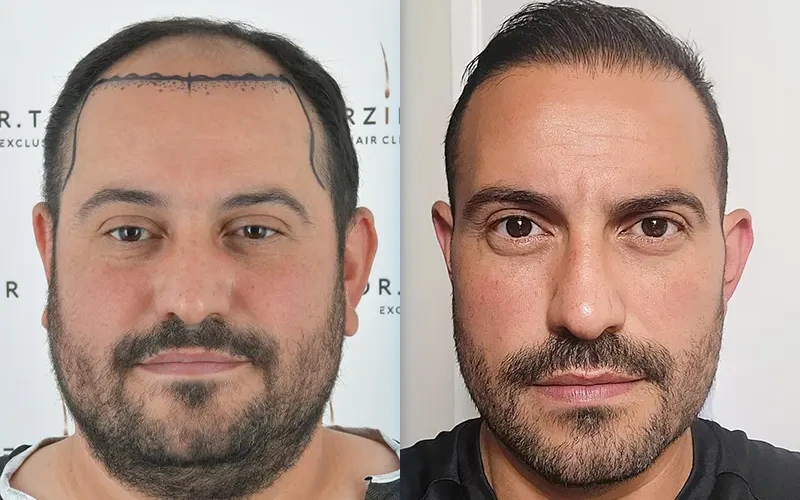 44 y/o Robotic DHI12 MonateItaly4425 Transplantate
44 y/o Robotic DHI12 MonateItaly4425 Transplantate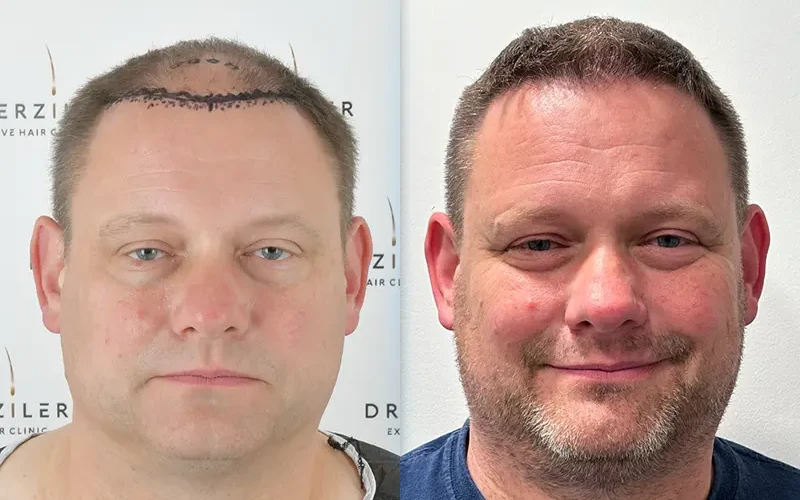 37 y/o Robotic DHI13 MonateGermany4037 Transplantate
37 y/o Robotic DHI13 MonateGermany4037 Transplantate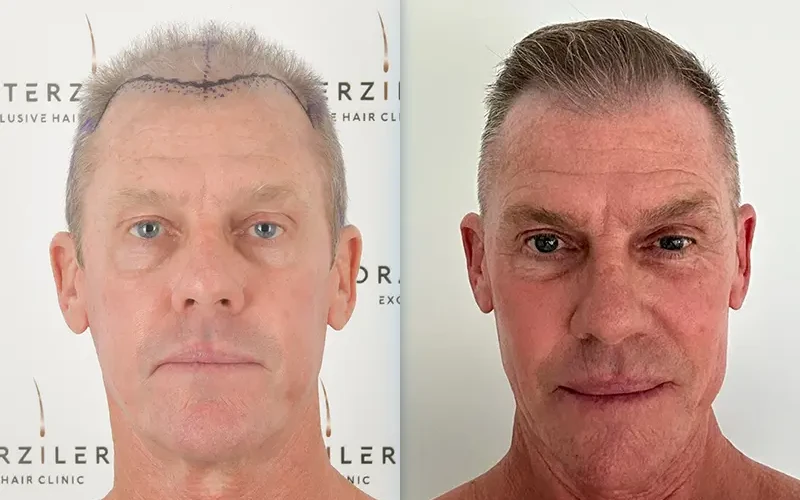 42 y/o Robotic DHI12 MonateGermany3817 Transplantate
42 y/o Robotic DHI12 MonateGermany3817 Transplantate 44 y/o Robotic DHI12 MonateSweeden4124 Transplantate
44 y/o Robotic DHI12 MonateSweeden4124 Transplantate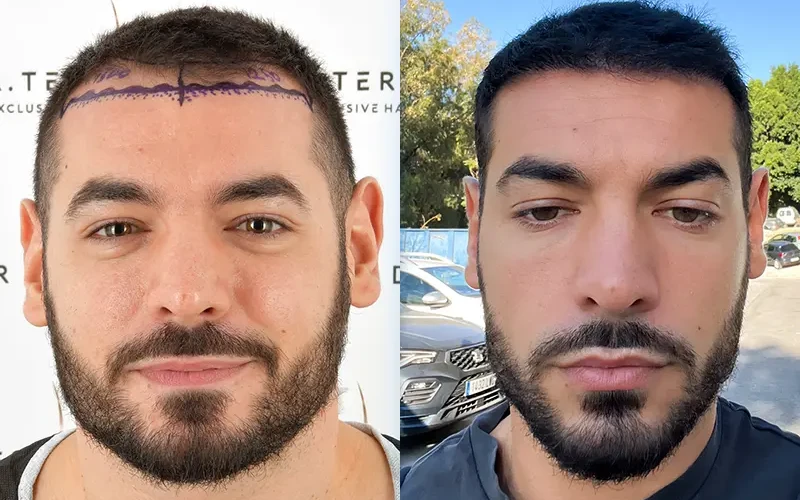 44 y/o Robotic DHI13 MonateSpain3614 Transplantate
44 y/o Robotic DHI13 MonateSpain3614 Transplantate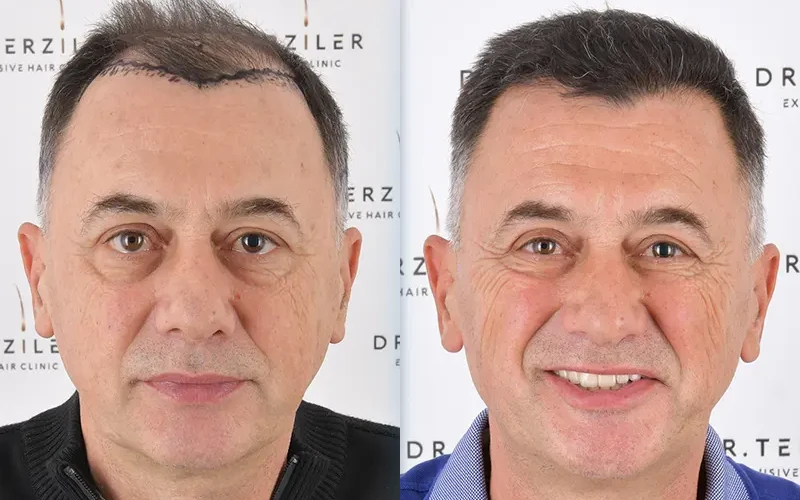 44 y/o Robotic DHI12 MonateItaly4124 Transplantate
44 y/o Robotic DHI12 MonateItaly4124 Transplantate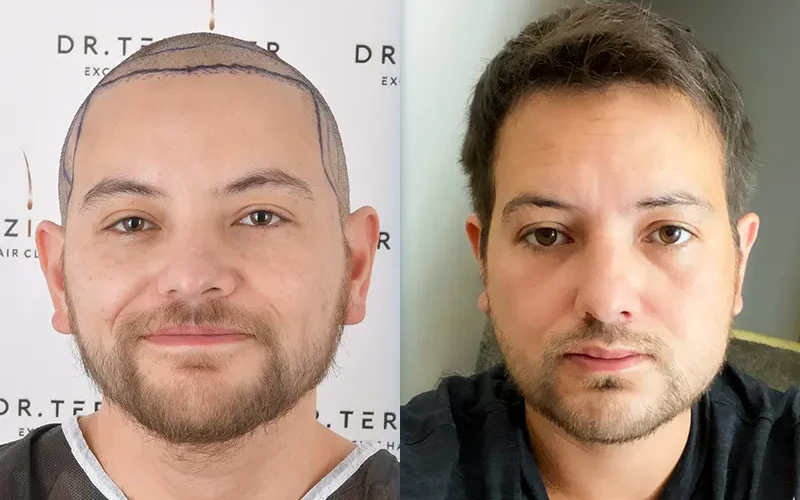 43 y/o Robotic DHI12 MonateGermany4567 Transplantate
43 y/o Robotic DHI12 MonateGermany4567 Transplantate
 42 Jahre alt Hollywood-LächelnItalienisch
42 Jahre alt Hollywood-LächelnItalienisch 38 Jahre alt Hollywood-LächelnItalienisch
38 Jahre alt Hollywood-LächelnItalienisch 35 Jahre alt Hollywood-LächelnUSA
35 Jahre alt Hollywood-LächelnUSA 37 Jahre alt Hollywood-LächelnUSA
37 Jahre alt Hollywood-LächelnUSA 56 Jahre alt Hollywood-LächelnDeutsch
56 Jahre alt Hollywood-LächelnDeutsch 48 Jahre alt Hollywood-LächelnUSA
48 Jahre alt Hollywood-LächelnUSA 37 Jahre alt Hollywood-LächelnItalienisch
37 Jahre alt Hollywood-LächelnItalienisch 54 Jahre alt Hollywood-LächelnUSA
54 Jahre alt Hollywood-LächelnUSA 40 Jahre alt Hollywood-LächelnDeutsch
40 Jahre alt Hollywood-LächelnDeutsch
UNSERE AUSZEICHNUNGEN UND ZERTIFIKATE
Anerkannte Exzellenz
Die Dr. Terziler Exclusive Clinic, die mit ihren Auszeichnungen und Zertifizierungen in Europa und der Türkei konkurrenzlos ist, legt die Messlatte des Erfolgs mit jedem Tag höher. Unsere Klinik, die zu den renommiertesten der Welt gehört, verdankt ihre herausragenden Leistungen einer innovativen Arbeit, die den wachsenden Ansprüchen an Ästhetik und der Zufriedenheit ihrer begeisterten Gäste gerecht wird.









Gäste Bewertungen
Wir bestärken unseren Erfolg durch die wertvollen und echten Kommentare unserer Gäste.
















WARUM WÄHLEN SIE DR. TERZILER
Innovation und Kompetenz für Sie
Hochmoderne Technologie
Wir nutzen die neuesten Entwicklungen in der Haartransplantationstechnologie, um hervorragende Ergebnisse zu erzielen.
35 Jahre Erfahrung
Mit mehr als 35 Jahren Erfahrung bieten wir eine Haartransplantationserfahrung von Weltklasse.
Bester Standort
Das Hotel liegt in einer zentralen, prestigeträchtigen Gegend Istanbuls und bietet Ihnen einen hohen Komfort.
Exklusive Qualität
Sie werden in allen Behandlungsprozessen die exklusive Betreuung erfahren.
Suite Zimmer
Genießen Sie nach der Operation die privaten Ruheräume für optimalen Komfort und Erholung.
Gästezufriedenheit
Wir garantieren die Zufriedenheit unserer Patienten durch unser Kompetenzzentrum von Weltklasse.














